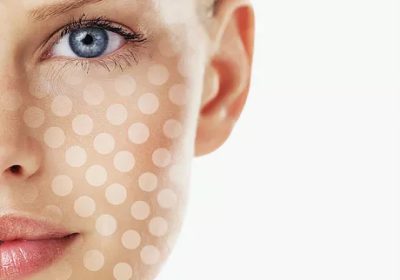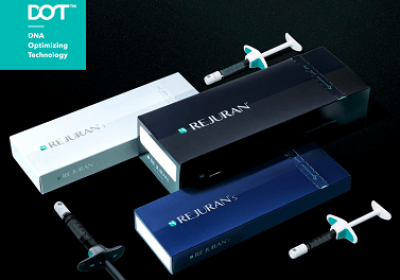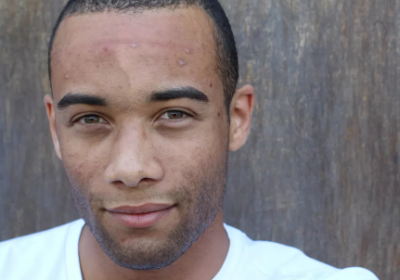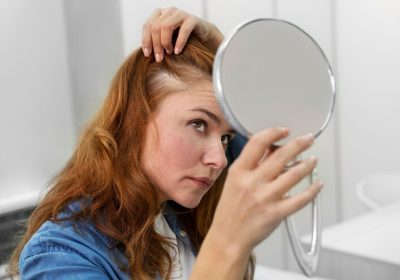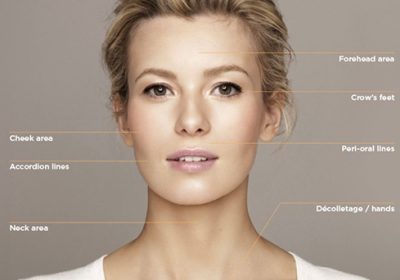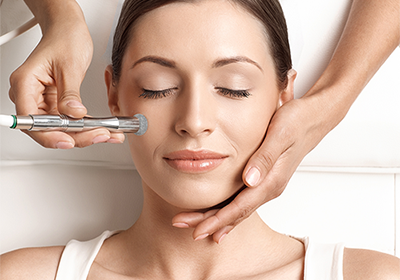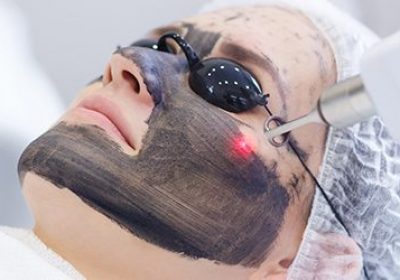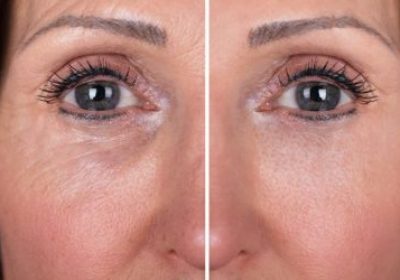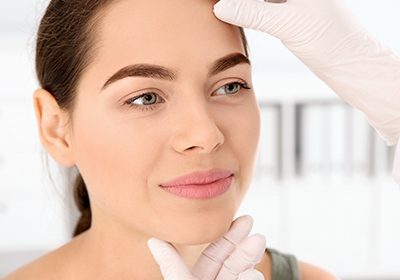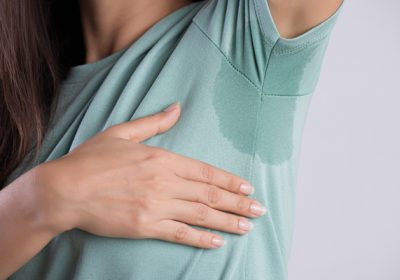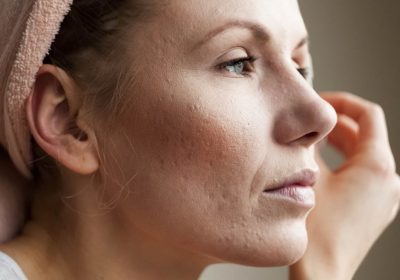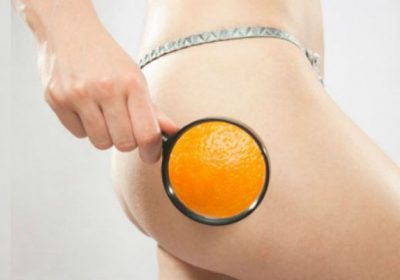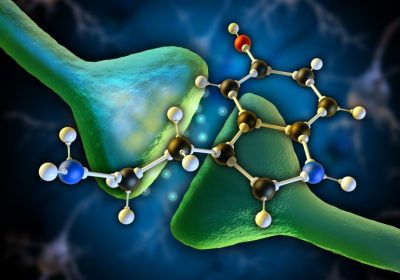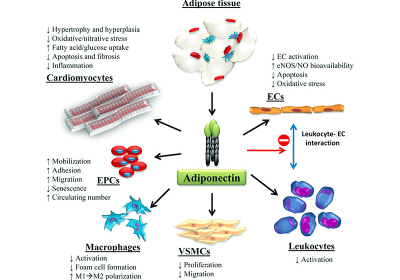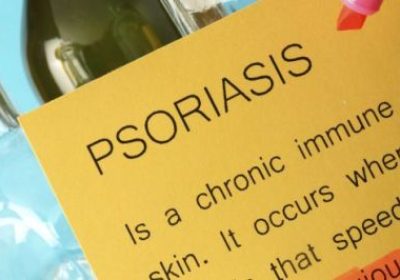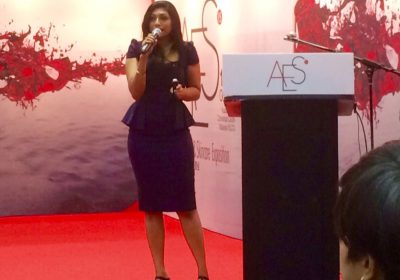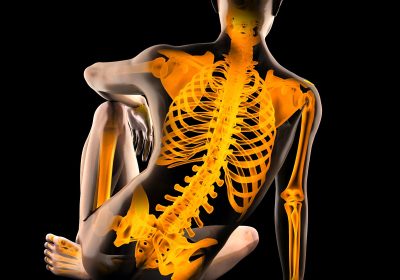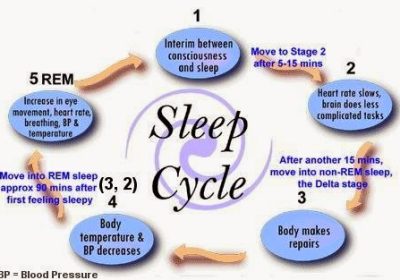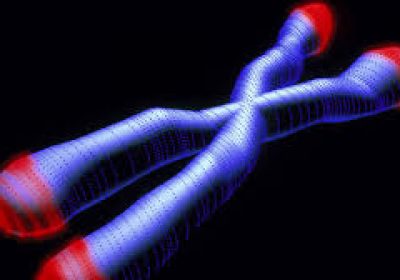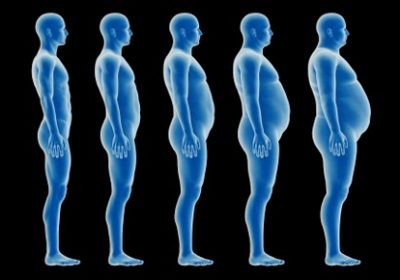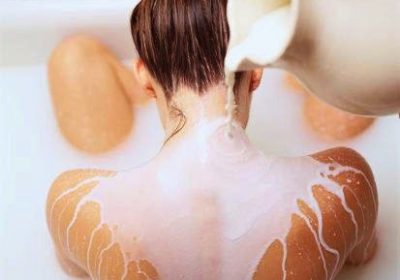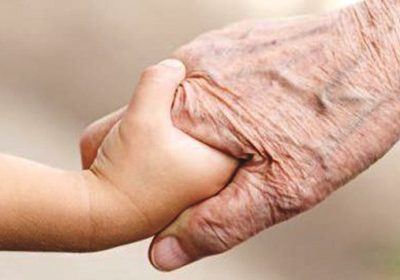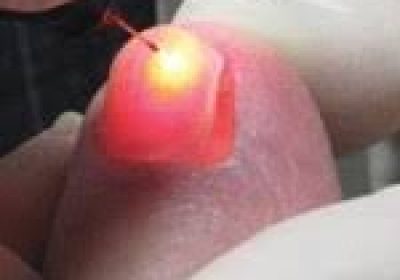
Fungal Infection of Nails
Today’s topic highlights a common ailment that affects our nails – fungal infection, medically termed as Onychomycosis. Often confused with Athletes Foot – which is fungal infection of the skin on the feet, especially between the toes. In athlete’s foot the responsible fungus lives in the keratin that makes up the outer layer of the skin. When the fungus spreads to the keratin of the nails, the result is a fungal nail infection. The common invader are Dermatophytes, but other species like Candida and Microsporum can also be implicated. Toe nails are more commonly affected (80%) as compared to finger nails, and that too usually the big toe and the little toe nails respectively.

When fungi infect a nail, they usually start at its free edge, and then spread down the side of the nail towards the base of the cuticle. Eventually the whole nail may be involved. The infected areas turn white or yellowish, and become thickened and crumbly. Less commonly there may be white areas on the nail surface. Sometimes, especially in those who carry out regular wet work such as bar staff or cleaners, the skin around the nail becomes red and swollen. Called paronychia, this can allow infection to get to the nail.
Onychomycosis can be confused with several other conditions like nail psoriasis, old trauma and even a resolving infection. Confirmation is by taking a section of the crumbly nail or debri beneath the nail edge, and performing a smear or culture. Results may take up to 2 weeks.
Fungal infections of the nail do not clear up by themselves, but not all of them need treatment. Some people with infected toenails are not bothered by them at all. In that case they can sometimes be left alone (although the patient should remain cautious and try not to spread the infection to other parts of the body and nails or other people). On the other hand, if infected nails are embarrassing or uncomfortable then they are usually treated. It is important to treat people whose infections may cause significant health problems such as those with diabetes or immune suppression, in order to prevent potentially severe health problems
The aim of the treatment is to get rid of the fungus: the nail will then usually return to normal. However, if the nail was abnormal before it was infected, it will be harder to clear and may just go back to its former state. Nail infections caused by moulds and yeasts can be very resistant to treatment.
Treatments include topical and oral medications. Surgery is rarely practised. Topical medications generally are poorly absorbed by the nail plate and bed, and such may prove to be a frustrating option. Oral medications on the other hand are effective, but require to be taken for several months and also have a lesser safety profile. Recent advances in treatment include using lasers or photodynamic therapy.
The long pulsed Nd.Yag laser is one of the ideal lasers used to treat Onychomycosis. The laser energy evenly heats throughout the depth of the effected nail and skin tissue, effectively weakening and killing parasitic fungi which have infected the patient’s nails. A completely clear nail plate is achieved in 93.5% of patients according to a British study.
Till the next article.
regards,
Dr Aarthi Maria
For more information on laser treatments for Onychomycosis, click here



